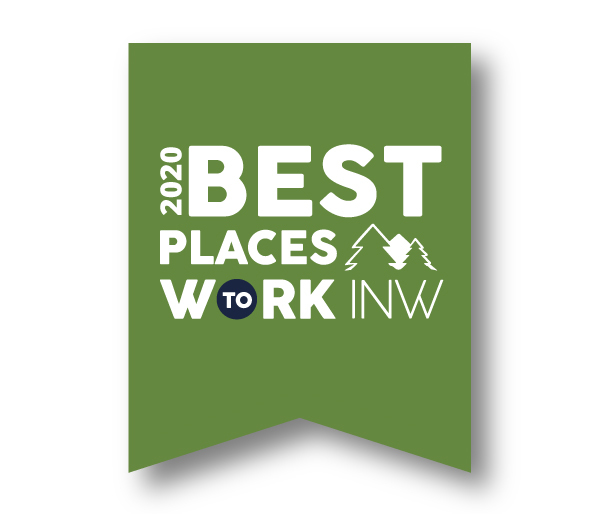White Papers and Case Studies
This section provides Purcell Systems' white paper downloads on topics related to outdoor enclosures and cabinets solutions.
Current Purcell Systems White Papers and Case Studies
This case study discusses how VaultFlex™ UPS outdoor enclosures can address challenges that battery backup systems pose in critical power environments, including occupying valuable indoor space, exposing backup batteries to the UPS system’s radiant heat and consumption of additional energy to power air conditioning at a low enough temperature to maintain an optimal environment for backup batteries.
Selecting Outdoor Enclosures for Wireless and Cellular Communications
This white paper introduces the enclosure features and capabilities needed by wireless network operators, including the range of thermal management systems, power efficiency, and scalability and flexibility. With an emphasis on LTE and broadband wireless services, factors to be considered include security to prevent malicious access and tampering, cable management features, and acoustic management to minimize acoustic emissions in suburban/urban settings.
Selecting Outdoor Enclosures for Wireline Communications
This white paper introduces the enclosure features and capabilities needed by wireline network operators, including the range of thermal management systems, power efficiency, acoustic management, security and intrusion prevention, and scalability and flexibility. This white paper explains the relevance of Telcordia GR-487-CORE specification. The requirements of GR-487 define a suitable environment for electronic and passive equipment housed in above ground cabinets or enclosures.
Selecting Outdoor Enclosures for Utility Infrastructure
The deployment of SCADA and communication systems along the Transmission and Distribution network tends to occur in remote areas. This equipment, which includes backup batteries, will require protection from the elements, thermal management to maintain the proper operating temperature ranges, and security to prevent malicious access and tampering. This white paper introduces utility operators to the relevant features and capabilities of enclosures, including the range of thermal management systems, power efficiency, acoustic management, security and intrusion prevention, and scalability and flexibility.
Selecting Outdoor Enclosures for Railway Infrastructure
The rail industry uses enclosures to house electronics and controllers affiliated with switching stations, signal equipment at road crossings, communication, train location and position reporting equipment. Additionally, Positive Train Control (PTC) in a new railway industry initiative that utilizes distributed, networked processors to reliably prevent train-to-train collisions, overspeed derailments, improper routing, and incursions into established work zone limits. As railroad operators build out their communication infrastructure, one commonly overlooked aspect of new build-outs is enclosures and cabinets needed to house these electronics. Enclosures come in a multitude of configurations, and railroad operators need to understand the long term operating costs affiliated with their selection of features for enclosures and cabinets.
Total Cost of Ownership for Outdoor Enclosures
Two major contributors to operational cost are the power consumption of the thermal management system and the service cost to repair a failed system. Total Cost of Ownership (TCO) must be factored into the initial configuration of any outdoor enclosure or cabinet. Although similarly equipped enclosures may have comparable capital costs, the long-term operational costs of the thermal management options vary greatly. Each of the thermal management technologies has varying operational costs, strengths, weaknesses, and environmental profiles where they excel. This white paper explains how each of these technologies affects Total Cost of Ownership.


